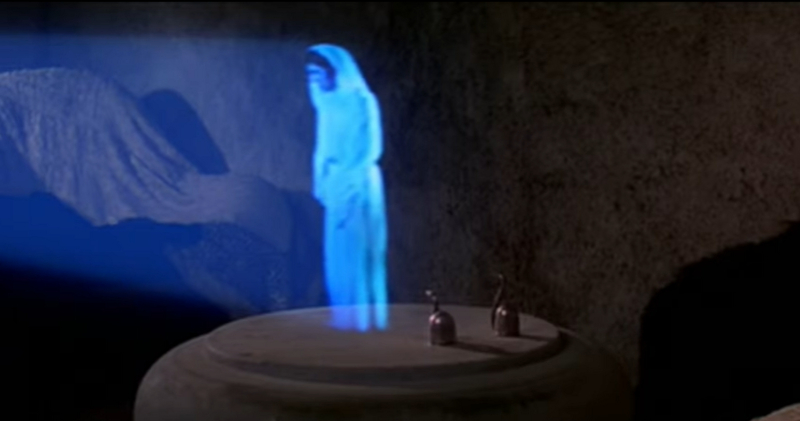
The term “hologram” was coined by Dennis Gabor, a Hungarian-born British electrical engineer and physicist. Derived from two Greek words – ‘holos’ meaning ‘whole,’ and ‘gramma’ meaning ‘message,’ a hologram refers to things coming together to create a complete picture.
Holograms form when a laser is split into two separate beams using an angled mirror. The process results in the formation of an object beam and a reflection beam, both bound in different directions. The two beams reflect off of other angled mirrors.
The object beam reflects off of the object that will form the hologram image, and finally onto the end surface, where it meets the reflection beam. The hologram is created when these two beams come together.

A hologram is, therefore, a three-dimensional image or gives the viewers the impression of one. It is created using light or lasers to create numerous holographic techniques. Far from fantastical, most people don’t realize that holograms are around us all the time.
You don’t have to look too far when searching for holograms. Most of the time, they exist in your back pockets or wallets. Holograms are the shiny metallic patterns on bank notes with cryptic images inside. They are difficult to reproduce and prevent counterfeiting.
Your credit and debit cards have holograms on them too. Software packages also contain hologramatic seals to prove their authenticity. In the engineering and medical sectors, scientists can create holograms of engine parts or models and store them as 3D images for future reference.